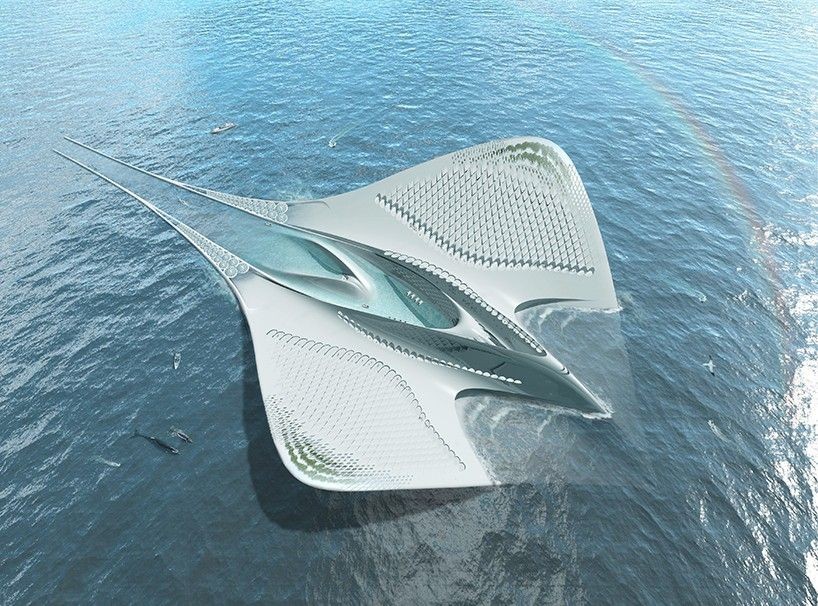Biofouling mass accumulations of organisms such as barnacles, algae, and mussels on surfaces submerged within seawater is a costly and persistent challenge. Be it ship hulls, offshore platforms, or underwater equipment, sea inside all cases: increases drag, reduces productivity, and raises fuel consumption. For many decades, toxic antifouling paints were the main answer to the problem, but at a greater environmental risk. Finsulate antifouling is an innovative biotechnical method that uses biomimicry to do away with fouling in the most ecologically effective manner.
Biomimicry, the imitation of nature’s time-worn methods to solve human problems, forms the basis of Finsulate’s antifouling technology. The adhesive wrap from Finsulate is based on natural organisms and traded surfaces to be a toxic and durable substitute for the traditional antifouling system. Here is how Finsulate brilliantly applies biomimicry to fight fouling.
1. Imitating the Sea Urchin’s Spiky Armor
The texture that mimics the spiny and tough exterior of sea urchins is the Finsulate’s antifouling wrap core. The sharp, needle-like spines of sea urchins create physical barriers against settlement by marine organisms.
Finsulate’s surface is covered in dense tiny fibers that protrude outward like miniature bristles. This structure creates a three-dimensional surface that is challenging for organisms to latch onto. Barnacles, algae, and mussels require smooth, uninterrupted surfaces to adhere successfully. The fibrous texture of Finsulate confuses their settling behavior, reducing the likelihood of colonization.
2. Inspired by Shark Skin Texture
Another source of inspiration comes from shark skin, which is known for its antifouling properties. Indeed, shark skin possesses dermal denticles, those small tooth-like scales that form a rough surface and prevent microorganisms from settling onto it. The micro-grooved texture pattern interrupts the water flow, preventing biofilm formation.
Finsulate copied that behavior by adding surface roughness and microtextures into the materials to avoid the formation of slime layers. These layers are usually the first ones formed in biofouling, upon which larger organisms will latch onto. Finsulate cuts them short at the very beginning, reducing the fouling incidence.
3. Nature-Inspired Durability and Longevity
Unlike the typical paint that gets eroded or leaches toxins into the water, the wrap design of the Finsulate is a revolutionary Dutch invention that is similar to naturally long-lived marine structures, such as coral reefs or shells of mollusks, that endure extreme conditions for several decades. This gives rise to a strong, long-lasting antifouling wrap for many years.
It not only saves in terms of cost but is also in tune with natural sustainability. A better way for boat owners is to opt for a nature-mimicking solution that works well without polluting the marine environment rather than applying harmful chemicals regularly.
4. Minimal Maintenance: Mimicking Coral’s Self-Cleaning Nature
Some coral species can passively shed sediment and detritus via their structure and hydrodynamic flow. In a very similar way, Finsulate will make cleaning easy and infrequent. Thanks to its resistant structure, it only needs a light brushing to clear off the early growth stages.
The self-cleaning mimicry frees assets from costly bulk maintenance or dry-docking. That reduces operational costs and downtime. Another example of how biological wisdom is harnessed in engineering is Finsulate.
5. Eco-Friendly by Design—Like Nature’s Closed-Loop Systems
Thus, there is no waste in nature; everything serves a particular purpose and is swallowed up in a cycle. Most antifouling paints leach into the waters with toxic and deleterious compounds that dislocate ecosystems. The most contradictory of this, however, is that of his above-mentioned example, which has been non-toxic and inert, thus never threatening marine life.
Finsulate embraces closed-loop thinking, thereby reducing environmental impact while providing high performance. Its production and application adhere to nature’s principle of harmony, offering alternative guilt-free protection of vessels and the ocean.
Conclusion: Biomimicry at Its Best
Finsulate is the prime cause of biomimetic sustainable innovation in action. It learns from nature antifouling strategies, be it the coarseness of sea urchins’ skins or the shape of shark skin, and provides a solution against marine fouling without compromising environmental safety.
Thus, fusing biology with engineering saves marine ecosystems and provides practical benefits: less fuel consumption, more prolonged service intervals, and a longer life span of the vessels. Finsulate stands out as a pioneer among those industries that are looking to deliver green alternatives in the future. Nature took care of the solutions to most of our problems—let us just learn to listen.




